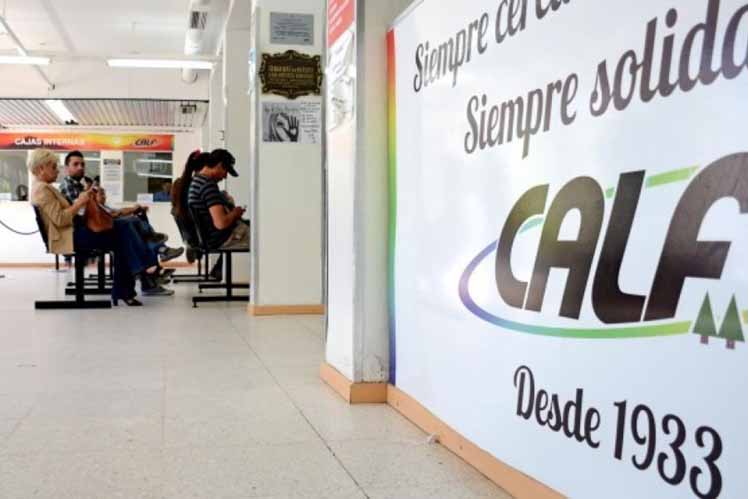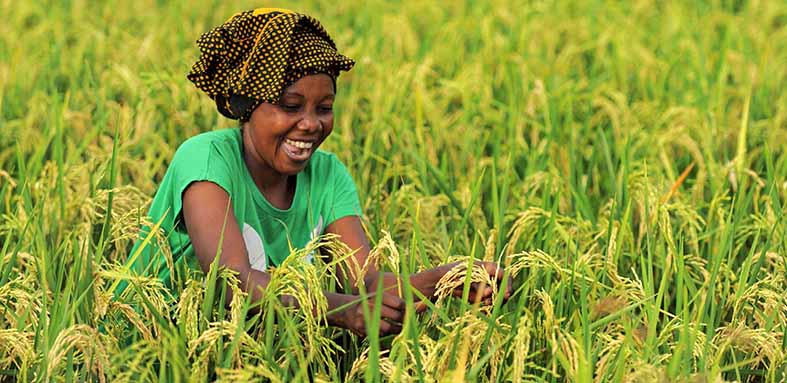Dr. Parveen Kumar, Dr. D. Namgyal
A MOOC refers to a Massive Open Online Course, which is a free online course available to anyone who wants to undertake the study. They are similar to online courses in terms of teaching and learning methods videos, group chats, assignments and tests but they do not generally provide academic credit for use in other traditional courses. Massive Open Online Courses, or MOOCs, are open and online courses in the sense that these allow participants free access and unrestricted participation to any course of their choice. Besides the conventional modes of teaching such as lectures, videos and reading material; MOOCs also provide a platform for interactive forums. The main benefit of MOOCs is its open access: the user has more knowledge without bureaucratic obligations. Luis Otoni explains that the MOOC courses are important to assist formal education and distance learning, especially in the technology area. ‘If there is an area that needs sharing, this is the one’. MOOCs are online courses available to anyone with a computer and Internet connection. They offer students a way to learn in a setting similar to an online class, but are usually loosely structured and can be accessed without paying tuition or committing to an academic program.
MOOCs were first started in 2008, created by George Siemens and Stephen Downs, and was called ‘Connectivism and Connective Knowledge 2008’ or ‘CCK08’. It was created as a credit course for the University of Manitoba. CCK08 had 25 students who had paid fees for the course and around 2200 learners who took the course for free. MOOCs really took off in 2012, when Professors Sebastian Thrun and Peter Norvig of Stanford University offered the online course called “Introduction to Artificial Intelligence”. This course had approximately 1,600,000 students participating from 190 countries. After the success of Intro to Artificial Intelligence, Thrun and Nrovig started Udacity, a business model for online knowledge sharing. There are also a few other MOOCs providers, include Coursera and EdX.
With the rise of free online courses, the importance of providing a community for online learning has become of utmost importance across all MOOC platforms. Forums, peer review and real-time discussion during video lectures have all played a key part in making online education courses more interactive and user-friendly. If MOOC students feel they’re learning alongside peers, they’re more likely to return to complete the course. According to Julia Stiglitz, Director of Business Development and strategic partnerships at Coursera, the average response time for a post on Coursera’s forums stands at only 22 minutes which is even quicker than emailing a lecturer as a paying student.
Coming to agriculture, it is a vital sector that is vital for the growth of the Indian economy. More than seventy percent of the rural populace depends directly or indirectly on this sector for livelihood security. This sector provides raw materials for other sectors. It is also the sector where the need for improved skills is the greatest and most massive. Considering this urgent need, a consortium of leading institutions like IIT-Kanpur, IIT-Mumbai, BHU have also launched Massive Open Online Courses called ag. MOOCs. Like the MOOCs, the agMOOCs is an online platform designed to help students, professionals, and organizations to acquire and enhance knowledge and skills in the agriculture domain. The platform provides free access to numerous high-quality courses online offered by renowned faculty from the premier institutes of the country. The intent is to reach out to thousands of learners through these MOOCs thus enabling them to access higher agricultural education. Students are evaluated based on their performance based on their involvement in the course and performance in various quizzes. After the successful completion of the courses, Participation and Competency certificates are by the Centre for Development of Technical Education, IIT Kanpur and Commonwealth of Learning (COL), Canada.
Future Learn, another MOOC platform developed by academics from the Open University in the UK, is one such platform to emphasize the importance of peer learning, community and interaction. On every page, every video, every article they integrate the discussion right alongside the content. One can click a button, even in the middle of a video, and make a comment, ask a question or answer one. While the US is by far the most MOOC-active country, with 38.5% of Coursera students coming from the US, a number of developing countries can be seen among the top countries for MOOC student population. Brazil makes up 5.8% of Coursera enrolments, while India provides 5.3% and China 4.1%, all ahead of percentages of users from the UK (4%), Canada (4.1%), Russia (2.4%), Germany (1.7%), Spain (1.6%) and Australia (1.6%). Emerging economies such as Colombia, Mexico and Thailand are also among the top 20 countries, each hosting more than 1% of all Coursera students. The ICAR-National Academy Of Agricultural Research and Management (NAARM) is also providing various massive open online courses of varying durations in different subjects related to agriculture under its Technology Enabled Learning of Agricultural Education (TELAgE).
These MOOC courses are very worthy for teaching community who are eager to learn more about teaching with technology. With these courses they find themselves more informative and engaged. Using up-to-date learning design and simple, accessible technology, the courses runs on an easy-to-use learning platform available via the Internet. The courses are also designed for teachers who want to build on their knowledge and practice in teaching and learning with technology. The courses run for different no. of weeks and requires approximately one to three hours of time each week. The courses are designed to accommodate teachers’ busy schedules and providing them with the flexibility and different options for learning the content. Teachers learn from readings, videos, discussions with other participants and instructors, meaningful exercises, quizzes and short assignments. Certification is also available for those who wish to complete all required exercises and quizzes. With many advantages MOOCs also have some disadvantages. They do not provide for personal attention from a tutor and it is also difficult to keep track of students’ assignments and involvement. Learners with disabilities and a poor Internet connection can’t use MOOCs
With a few drawbacks, MOOCs have a lot of potential for reinventing the way we learn. It will be interesting to see how they progress and grow over time!



